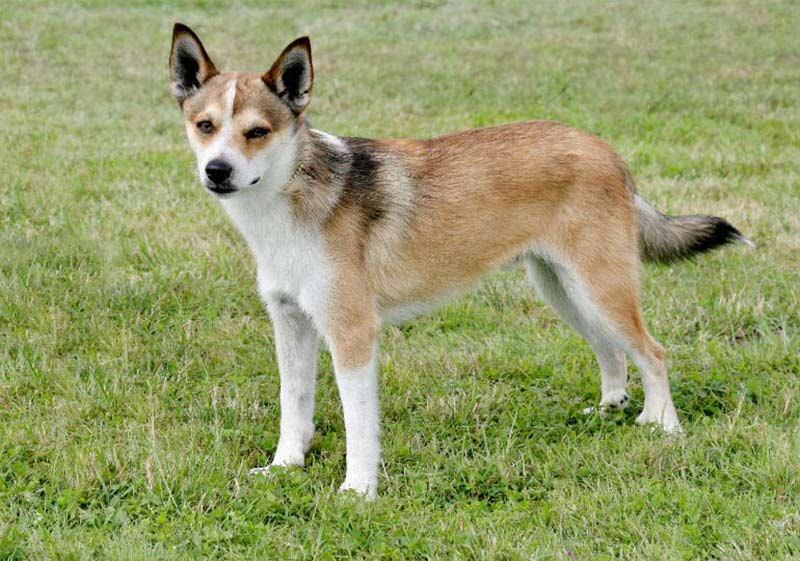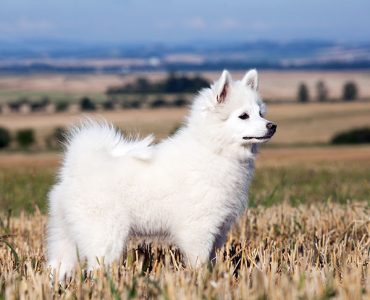By all accounts, the Norwegian Lundehund should be extinct. While they were first spotted in the 1600s, their fate was threatened shortly after World War 2. After two bouts of endangerment, the Norwegian Lundehund breed was reduced to just 6 dogs in the 1960s. Rather than let this interesting and special dog breed die out, Lundehund enthusiasts got together to help increase the population. This was a tough task since 5 of the 6 dogs were from the same litter. Breeders employed strict standards though, and now Norwegian Lundehunds number in the thousands.
The most distinctive trait of the Norwegian Lundehund is its toes. Most dogs have four toes on each of their feet. Instead, the Norwegian Lundehund has six toes on each, all of which are fully functioning. This is beneficial because Norwegian Lundehunds were primarily used as puffin hunting dogs in the beginning of their ancestry. Since puffins reside on cliffs, these dogs needed to be able to climb along small ledges. The extra toes helped with this.
The Norwegian Lundehund is of the Spitz variety of dog breeds and closely resembles other dogs of Norwegian origin, such as the Buhund and Elkhound. They have erect ears that crest in points above their heads. Their tails are curled back and rest on the hips and back of the dog. Their bodies are a bit longer than they are tall, and they have small, compact forms.

Although Norwegian Lundehunds can make great pets, there are health problems that exist in the breed, most notably Lundehund gastroenteropathy. Keep an eye on your dog’s health to make sure it’s not affected.













